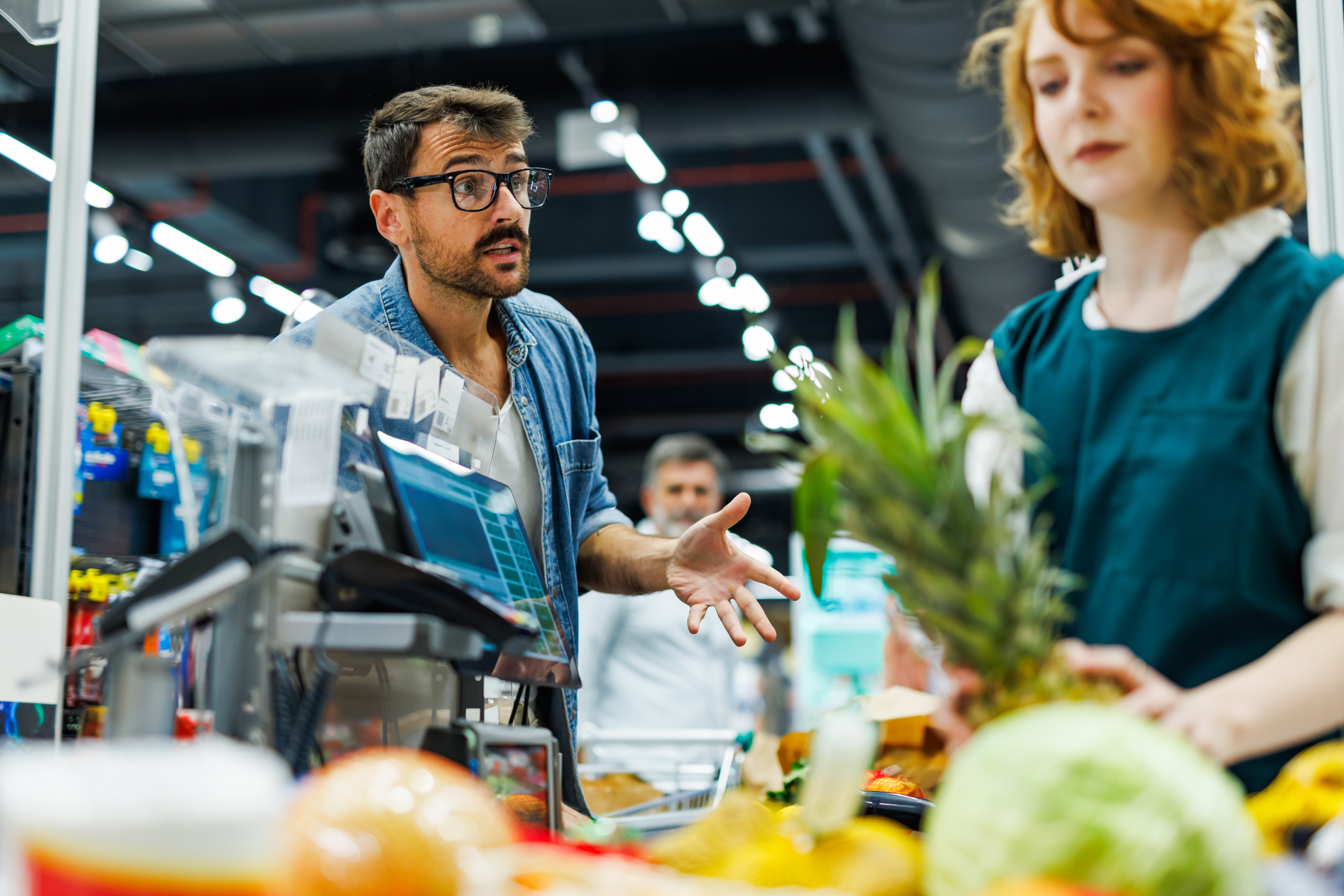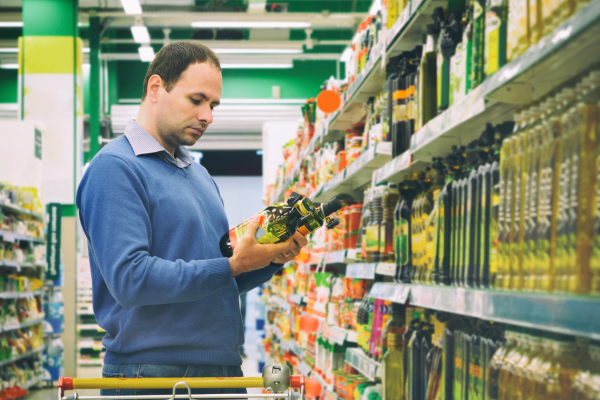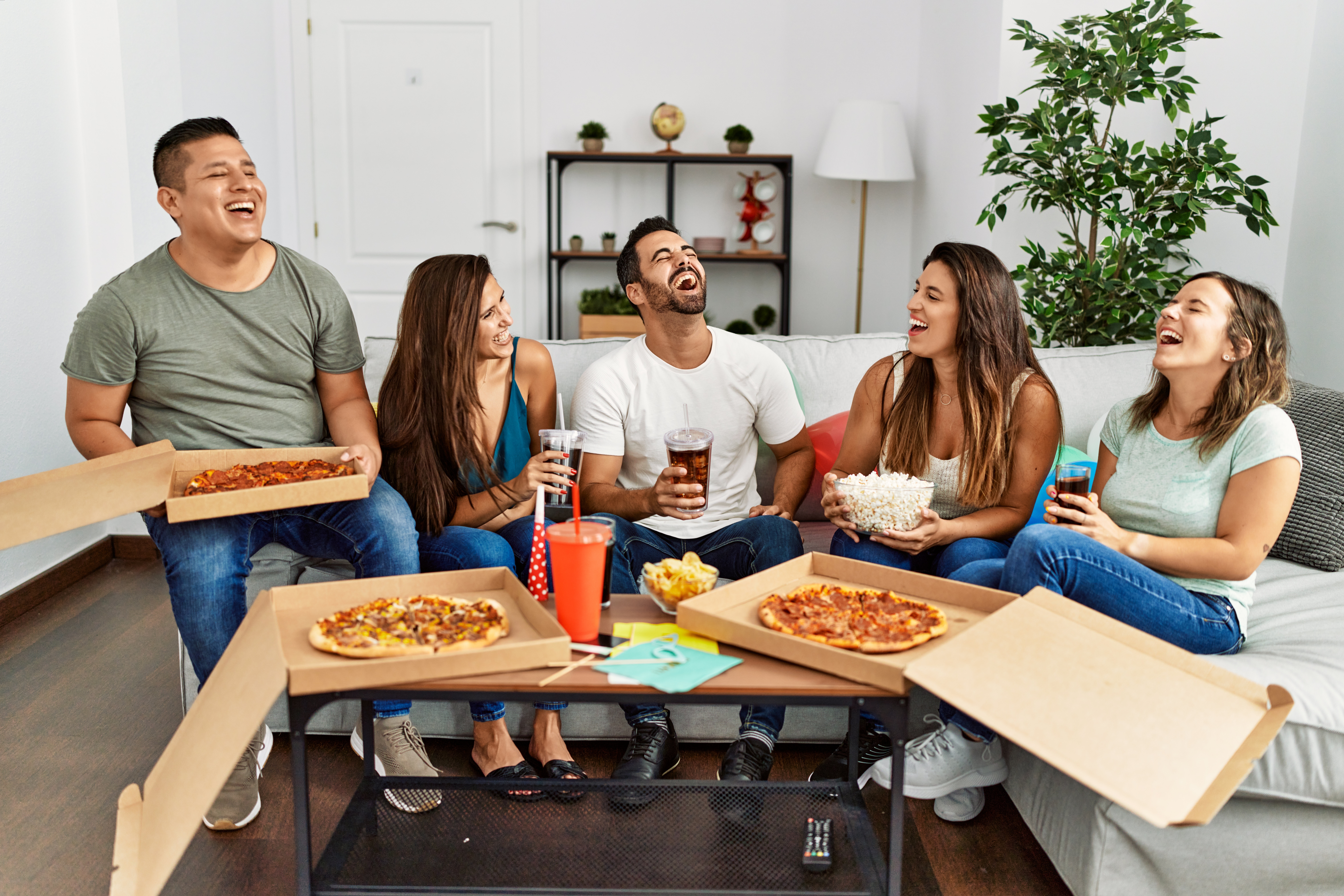
Hunger games: Does food delivery really deliver the goods?
If you grew up in Brisbane in the late 1970s, you might remember a yellow van with a giant red telephone on top. The distinctive Silvio’s Dial-a-Pizza was a pioneer in the food delivery industry. Bringing pizza to our doors long before the household names of today.
Seven years later, Suppertime launched the first courier service for higher-end restaurants in Sydney. It eventually expanded into Melbourne in 2015.
It’s safe to say neither of these pioneers could have predicted just how big the food delivery service would become in Australia. It is now an $850 million industry that is predicted to grow into a multi-billion dollar industry from 2025.
Covid lockdowns supercharged the growth of these services, with a 6.47 percent point increase from 2019, according to market research company Roy Morgan. It was a convenient and safe way to keep enjoying someone else’s cooking while stuck at home, as well as to support the struggling hospitality sector.
But along with this growth has come increasing concerns about health, sustainability, and food waste. In 2020, data showed that a staggering $10.3 billion worth of food went into our bins. This begs the question: has food delivery made our lives better or worse?
How it works
The most popular form of food delivery works by using a mobile app to order food from local restaurants. All of the best-known food delivery services have a large selection of restaurants to choose from.
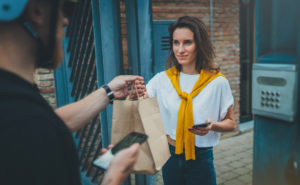
Once you have chosen a restaurant, you can order from their menu as if you were sitting at the table, choosing a full meal or individual items. Once you have placed your order and provided a delivery address, the food will be prepared and then delivered to your door within a specified time.
While it is possible to order food delivery services via a website or app, most promote an app-based ordering system. Apps are a convenient way for customers to order food and track their orders. They show when your food has been prepared, when it has been picked up, and how far your delivery is from arriving.
You can pay for your food using a credit card, debit card, or cash on delivery. Some services also offer PayPal as an option.
Food delivery apps make money by charging a commission to the restaurant on each order. This commission usually ranges from 10 percent to 30 percent. They don't have to worry about renting a restaurant or hiring employees. They are just the conduit between the food supplier and the customer. And they do very nicely out of it, too.
Types of food delivery in Australia
Once upon a time, when you got the tummy rumbles but were too lazy or tired to head out, it was most likely the local pizzeria or Chinese restaurant you called for home delivery. Now the choices seem endless.
The most common type of food delivery service is when you order from a restaurant and food is delivered to your door, more often than not through a third-party app. You are just as likely to be able to order from your favourite Thai as a chain restaurant such as McDonald’s or KFC.
Meal delivery services are also growing in popularity. They typically offer a variety of meals for you to choose from each week to have home delivered. These services often have a subscription model, so you can order weekly, fortnightly, or monthly, or whenever you choose. Just remember to cancel if you don’t want the order, as some will automatically charge you for the scheduled delivery unless you indicate otherwise. Popular meal delivery services in Australia include Hello Fresh, Marley Spoon, and Dinnerly.
Australians are also increasingly having their groceries home delivered. This type of service is offered by both large chains, such as Coles and Woolworths, and smaller, independent grocers. Consumers conscious of where their food comes from are also turning to online food delivery services that offer only seasonal, local produce so that they know they are choosing sustainable options and supporting local producers.
There are also alcohol delivery services such as Whisky Loot, Jimmy Brings, Dan Murphys, and BWS Alcohol Delivery Service.
Food delivery apps
Some of the most popular food delivery apps are Uber Eats, Deliveroo, Doordash, and Menulog. Uber Eats holds the biggest market share. Menulog, which is the oldest delivery service among the main players, and Deliveroo are the next most popular. While Doordash is the newest entrant to the market.
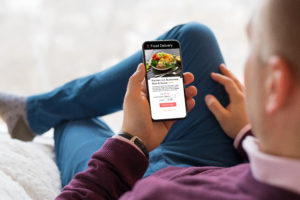
But according to reviews on Canstar, Doordash is “in the driver's seat for restaurant meal deliveries". It’s rated best for delivery reliability and timing, customer service, website and app navigation, value for money, and overall satisfaction. Deliveroo scored the same result in the same categories except for value for money and overall satisfaction.
Menulog and Uber Eats received the highest ratings for having the largest selection of restaurants.
Current trends
There are a few innovations being trialled, including drone delivery. Yes, your food would be delivered to your door by a drone if the technology being tested by Amazon and Google proves effective.
Tiktok Kitchen is another innovation you can look forward to. If you’re too lazy to make some of the drool-worthy recipes featured on TikTok, someone else will make the food for you — for a price — and bring it to your door. It’s hoping to open 300 TikTok Kitchens in the United States and a thousand more in other countries this year.
There are also a number of food delivery services developed for specific needs or markets, such as expectant or new mums looking for healthy meals. These include meals4mummas and Mama Goodness.
Then there are weight loss meal delivery options, such as Chefgood and Lite n’ Easy. There’s even one for your furbabies: Lyka Pet Food, which delivers fresh and homemade dog food.
Pros and cons of food delivery
Food delivery is increasingly popular as people become busier and time becomes more precious. Anxiety about Covid also kept many consumers away from restaurants and supermarkets for much of the past two years, depending on where they live in Australia.
But just because it is convenient doesn’t mean it’s good for you. Take a look at some of the pros and cons of the food delivery industry.
Benefits:
Convenience
There is no doubt it is extremely convenient. All you have to do is order your food online or over the phone. And it will be delivered to your doorstep. No lost time travelling or trying to find a car park. You don’t even have to get out of your PJs!Variety
There is a much wider variety of food options than dining in a restaurant. This is because food delivery services offer menus from a range of restaurants. So you can choose the food that best suits your taste buds, or satisfy multiple family members. No more fighting over the type of food you order!Cost efficiency
Food delivery can also be cost-effective, as you often get discounts when you order online. In addition, many food delivery services offer free delivery on orders over a certain amount.More job opportunities
The growth of the online food delivery sector has generated a number of employment opportunities in a variety of industries, including chefs and administrative personnel in restaurants, delivery people, and software engineers who work on mobile applications/online platforms. Furthermore, the online food delivery industry has been a windfall for support businesses, such as those that manufacture, sell, or service electric bicycles; and firms involved in the production and distribution of food packaging.Downsides:
Lack of control
This is particularly a problem for those who have specific dietary requirements or food allergies. In a restaurant, it’s easier to tell the person serving you not to include certain ingredients in your meal. But that’s a bit more challenging when using an app. While they generally list whether an item is vegan or gluten-free, for example, you can’t ask more specific questions about ingredients.Unhealthy habits
It also doesn’t help that more than 80 percent of menu items on the apps are discretionary or “junk” foods, according to a study published in The Conversation. Besides junk food, there’s also easy access to alcohol which can lead to higher rates of consumption and underage supply.Quality
The food can sometimes not be as good as if you were eating at the restaurant you ordered from. The food has to travel further. So it will not be as fresh as if it were coming straight from the kitchen to your table.Sustainability
Another pressing concern is the environmental impact the industry has. There’s been a dramatic increase in the quantity of plastic waste produced to deliver meals. Food waste is also an issue. As previously mentioned, more than $10 billion went to waste in 2020, 20 percent higher than the previous year. According to a study published in the journal, Sustainability, this is in part due to the incentivisation of the apps to overpaying customers.Time
It can also take longer than expected for your food to arrive. The restaurant has to cook your food. And then wait for the delivery service to collect it and then deliver it to you. So there are several factors, including whether the delivery person is on a bike or driving a car, that can create delays.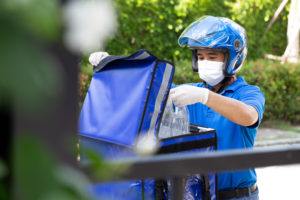
Lack of regulation
Because the industry is dominated by young, low-skilled people from migrant backgrounds, delivery personnel are particularly vulnerable to exploitation. And these delivery riders are mostly independent contractors. So they’re not covered by the regulations awarded to employees. It was reported that between September and November 2020, one rider was killed on average every 11 days, leaving their families with uncertain futures. The family of Burak Dogan, one of those killed, is still struggling to get insurance.The lack of regulation is also why you may find it hard to complain about an issue with your order. There’s no centralised complaints platform for digital transactions. While you can lodge food complaints with the restaurant or delivery service, it may be difficult to get a response.
Local food enforcement agencies and the Food Standards Australia & New Zealand’s (FSANZ) complaints manager can help, but the focus is more on food safety and not the delivery per se. The Australian Consumer Law protects you against poor quality of goods and non-delivery of a product or service, but it’s for paid items or services. Where would you go for assistance if your cash-on-delivery order didn’t arrive?
We can help you handle it. You can lodge your complaint with us, and we’ll make sure your issue reaches the right person. Here’s our quick guide on using our service.





